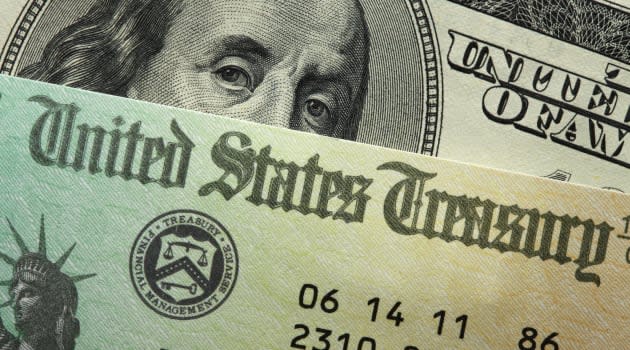More Americans Saving Tax Refunds—But Gen Z, Not As Much

A larger share of consumers are planning to use their tax refunds to shore up their savings this year, compared to 2018. At the same time, members of Generation Z between the ages of 18 and 25 are more likely than others to see a tax windfall as an opportunity to splurge.
Each year, the National Retail Federation looks at consumer expectations and plans for tax refunds. This year, the survey (conducted by the NRF and Prosper Insights & Analytics) found that 65% of consumers expect to receive a refund on their income taxes. Among them, nearly half (48%) believe the refund will be about the same amount as last year, while 29% expect their refund to be higher, and 22% expect it to be lower.
But despite the anticipated refunds, consumers aren’t necessarily in such a big spending mood. A full 50% of those expecting a tax refund said they will save at least a portion of the proceeds, up from 41% last year. An additional 34% said they will use some or all of the money to pay down debt, the same percentage as in 2018.
As for those who plan to spend at least part of their refund, the most common items cited were:
Everyday expenses (22%)
Vacation (12%)
Home improvements (10%)
A “major purchase” (9%)
A “splurge purchase” (9%)
While more than 40% of consumers in every age group plan to save some or all of their tax refunds, younger respondents were more likely to say they’d use their refunds to splurge. Specifically, 15% of those aged 18 to 24 said they planned to splurge, compared to just 4% of those over 65.
The survey also found that younger consumers—who tend to have lower incomes than older cohorts—are also more likely to use their tax refunds to pay for everyday expenses. Among those Gen Zers aged 18 to 24, a total of 30% said they’d use a refund for this purpose, as did 27% of respondents in the millennial generation aged 25 to 34. By contrast, just 17% of those 55-64, and 18% of those over 65, intended to use their refunds for everyday expenses.
When it came to vacation spending, however, the youngest group was the least likely to report plans to leverage their tax refund for a trip, at 9%, while the two generational groups spanning the ages of 25 to 44 were the most likely, at 14% each.
Getting a windfall such as a tax refund can be exciting, but it’s also important to think carefully about how that money can best benefit you. Paying down high interest debt, for instance, can save you additional money and make that refund go further. And if debt isn’t a major problem for you, think about investing the money or using it to create or bolster an emergency fund. These options are worth considering, since once the money’s spent, it’s gone for good.
